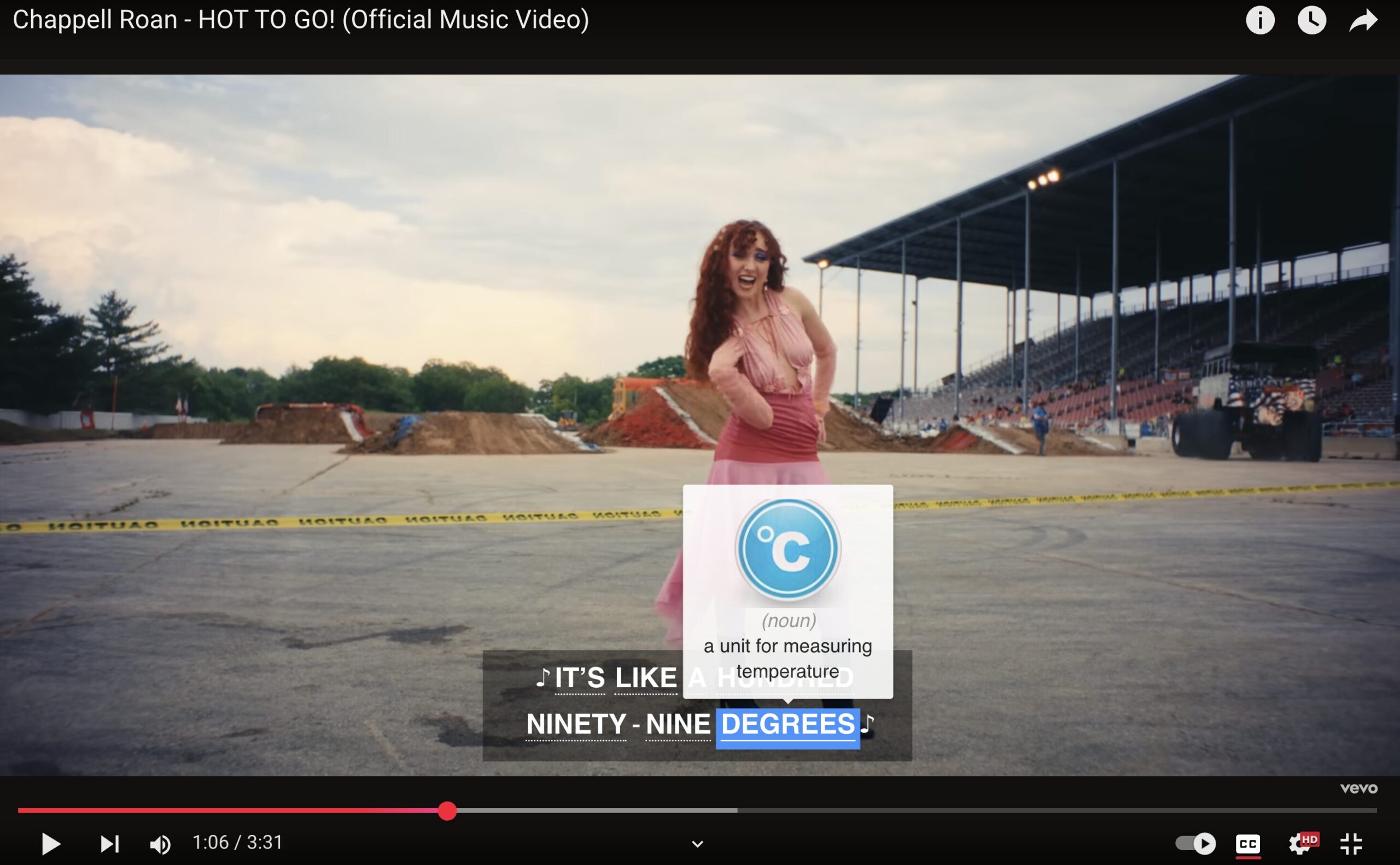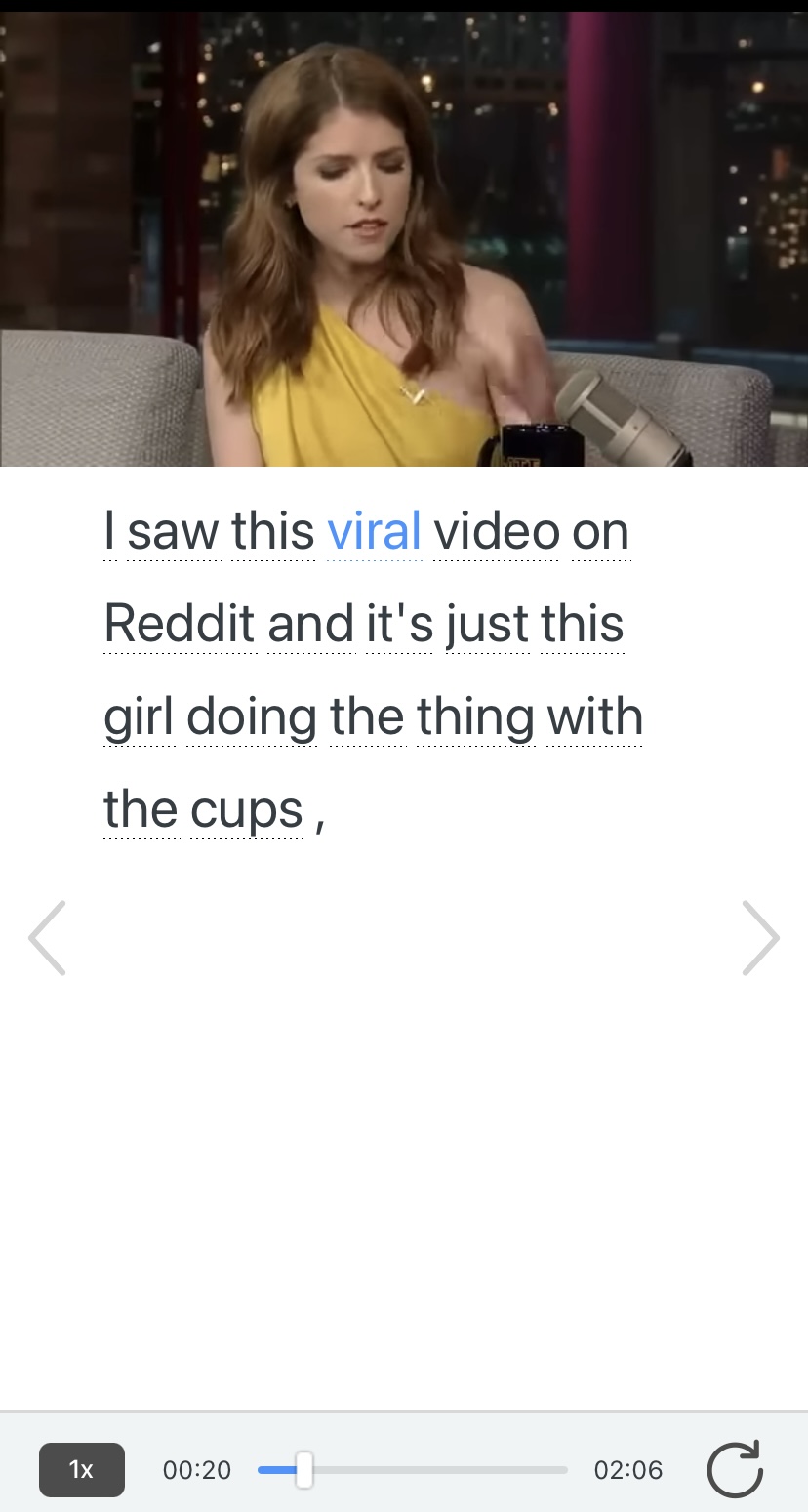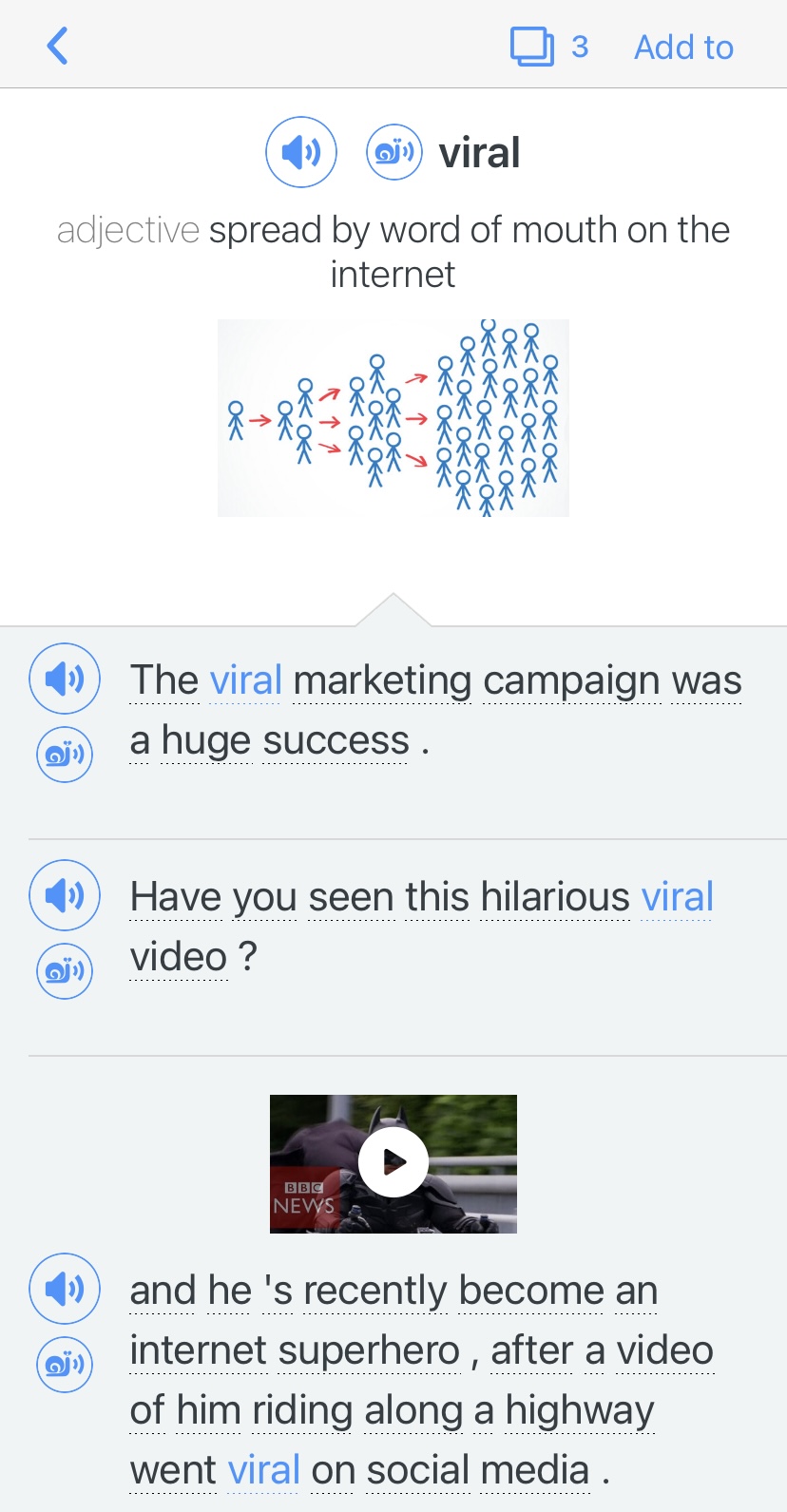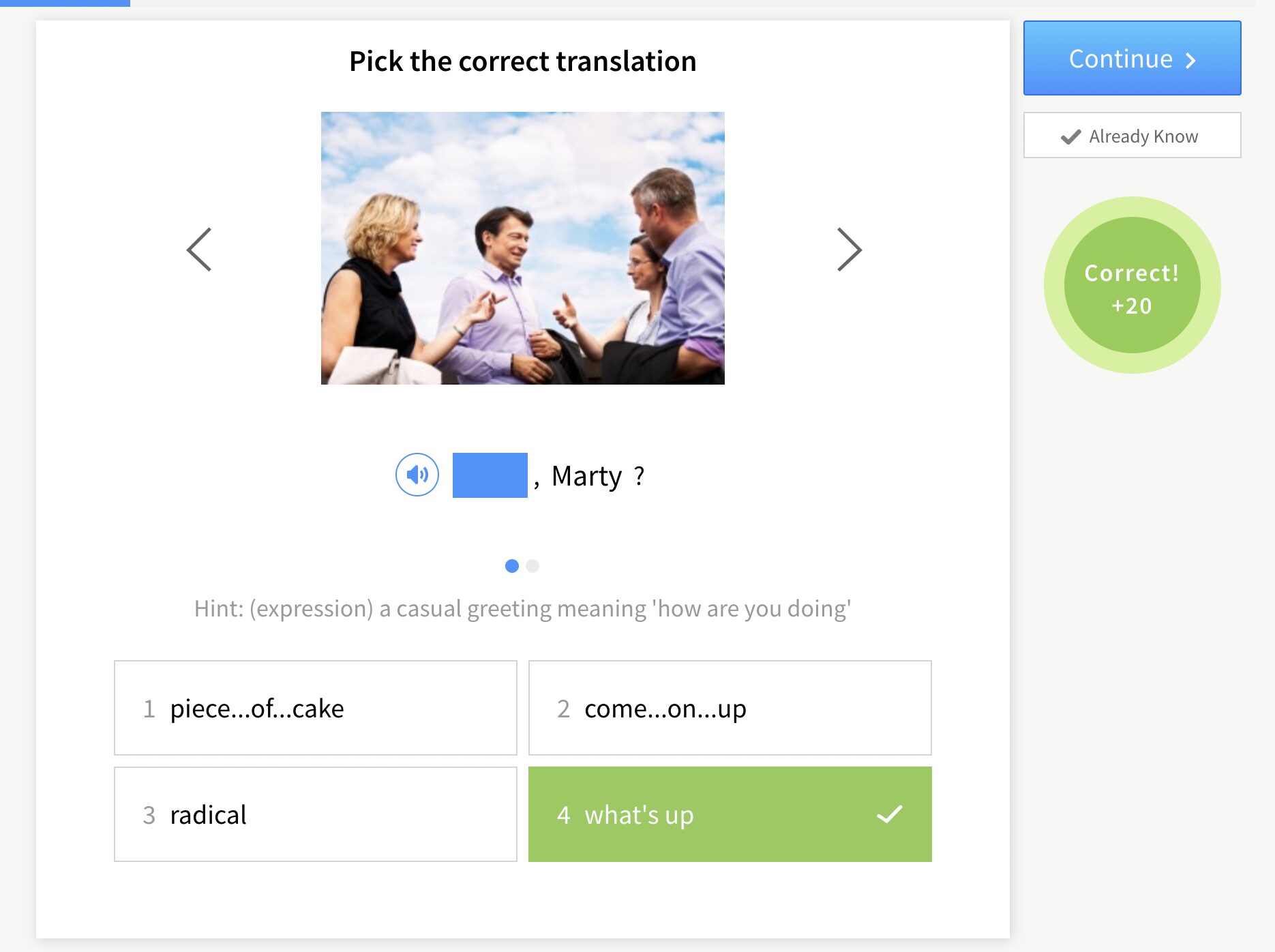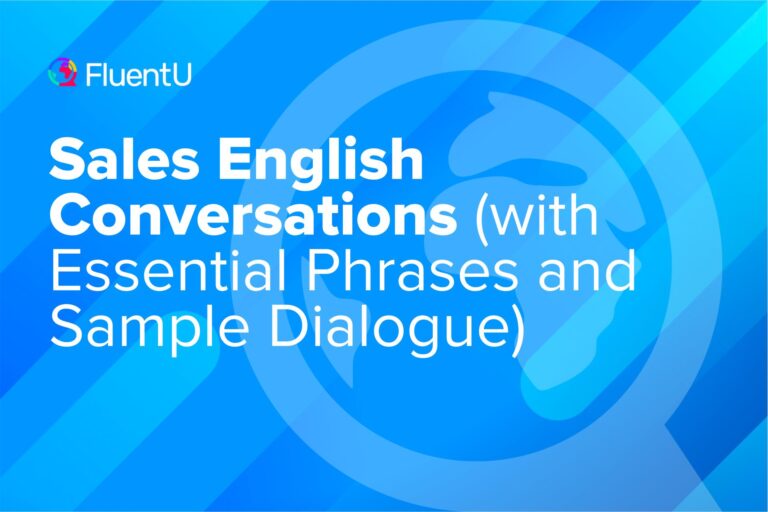Customer Service Vocabulary in English: 15 Polite Expressions
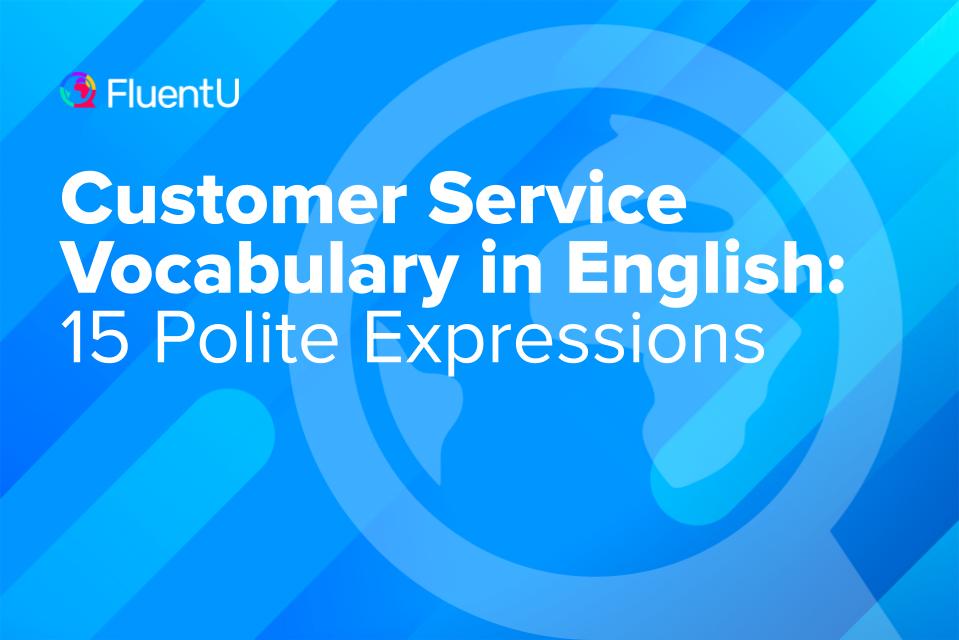
When we have problems or complaints about a product or service, the first person we think to call is the customer service representative.
For those of us who work in customer service, this means being ready to handle any question or complaint our customers have and offering the best solution to their problem.
Today I will share some tips on how to deliver great customer service, as well as useful customer service vocabulary you must know in order to deal with the most challenging situations in customer service.
Download: This blog post is available as a convenient and portable PDF that you can take anywhere. Click here to get a copy. (Download)
Taking Responsibility for the Problem
It’s important to realize that when a problem arises, sometimes the company might be at fault, not the customer. If that happens, you must be professional and take responsibility for the problem.
There seems to be some sort of mix-up.
Mix-ups are accidents or mistakes. You can tell your customer that there has been a mix-up if an item is shipped to the wrong address by accident, or if the item is incorrectly charged for a higher price.
This phrase means that it’s possible that a mix-up has occurred, but you’re not completely sure. It’s also a softer way of saying that there really has been a mix-up or mistake.
I’m afraid there’s been an oversight on our part.
An oversight is when you realize you’ve forgotten to do something or made a mistake without realizing it. For instance, your company might have forgotten to send an item or sent the wrong model.
The phrase “on our part” tells the customer that you acknowledge the problem is the company’s fault, and that you or your company will take responsibility for it.
It looks like we might have made a mistake.
The phrase “looks like” and the modal verb “might” indicate that it’s possible that a mistake has been made. It also gives a softer tone to the message than does saying “we made a mistake.”
Making Suggestions on Possible Solutions
Would you like a replacement or a refund?
This is a great phrase to use. You’re not only suggesting possible solutions but you’re also giving the customer a choice of how they prefer to have the problem resolved. Using the modal verb “would” softens your tone.
You could either take this now or wait for our new shipment.
Use this phrase when a customer needs a product replacement but you don’t have many available options.
With this phrase, you’re not only offering a possible solution but also the choice of which solution your customer prefers. The modal verb “could” softens the tone.
Maybe we could send this back to
[department/company/manufacturer] and have them take a look.
If something is wrong with a customer’s product, you can send it to the place where it was made and have them investigate. Depending on the situation, you could offer the best solution you know.
In the above phrase, the word “maybe” and the modal verb “could” work together to soften the tone.
Offering an Alternative Solution
If a customer says they’re not happy with the solutions you’ve suggested, you may have to consider an alternative solution (if there is one).
If you’re not happy with the discount, the best I can do is offer you a coupon or discount for your next purchase.
Since they’re not happy with one solution, you’re offering them an alternative that you hope will be attractive to them. The phrase “the best I can do” indicates that this is your best solution and final offer.
I could offer you a refund.
The modal verb “could” indicates that a refund is a possible solution if the customer chooses to take it. It also serves to soften your tone.
I’d be happy to replace this unit at no charge/cost.
This expression has such a friendly tone, don’t you think? You’re not only offering a great solution, you’re also saying that you’re “happy” to be doing it.
Offering an Apology for Your Inability to Help
The job of customer service is to help the customer. Yet there are times when you’re simply unable to help because of situations that may be out of your control or that are against company policy.
In such cases, it’s best to explain to the customer why you’re unable to help.
I’m sorry, but this is against our company policy.
Starting with an apology is always a good idea.
I wish I could help you, but this is out of our control.
This indicates that there’s nothing you or your company can do.
In this case, their issue might be the responsibility of another company. If possible, you might also want to tell the customer who they should call, or what company they should call, to continue discussing the issue.
I’d like to help, but there’s nothing much I can do.
The two expressions above have similar meanings. You’re saying you really want to help, but you’re unable to help for the reason you’ve stated.
Offering Help to an Angry Customer
When dealing with an angry customer, you need to be more diplomatic than usual. Sometimes using a softer tone and more diplomatic language is the only way to get the customer to calm down.
I understand this is frustrating to you. Let me see what I can do.
Telling an angry customer that you “understand this is frustrating” for them shows that you know how they’re feeling. The expression “let me see what I can do” is telling them that you will personally help them find a solution.
You have every reason to be upset and I apologize for what has happened.
The expression “you have every reason to be upset” tells the customer you know how they feel and understand why they’re not happy. And of course, apologizing is always a good idea.
I realize this has been an inconvenience to you. Please let us set things right.
Here again, saying you “realize this has been an inconvenience” shows you understand that this experience has caused them trouble, and you will do whatever is necessary to “set things right” or correct the situation.
Customer Service Cliches to Avoid
There are certain phrases that customers may be used to hearing again and again. Here are some common customer service cliches to avoid, and alternative phrases you could use instead.
Instead of: “Your call is important to us.”
Try saying: “We appreciate your call and are here to assist you.”
Instead of: “I’m sorry for any inconvenience.”
Try saying: “I apologize for the inconvenience you’ve experienced.”
Instead of: “We value your feedback.”
Try saying: “Your feedback is crucial to improving our services.”
Instead of: “It’s our policy.”
Try saying: “Let me explain our company’s guidelines and how we can work within them to assist you.”
There you have it, 15 useful expressions for handling even the most challenging situations in customer service.
You can learn more phrases related to customer service by watching videos of business conversations and customer interactions. Even just watching entertaining shows and videos can help you learn customer service vocabulary and be able to ask and answer friendly everyday questions.
You can watch both business and general English content on FluentU and find more useful phrases and vocabulary words.
English Immersion from Your Device
I get it–learning English isn’t always a walk in the park. But it doesn’t have to be a boring, tedious, or hair-pulling experience either. In fact, making it fun is key to your success!
With FluentU, you can learn English naturally by turning any YouTube or Netflix video with subtitles into an interactive language lesson. I’m talking about language immersion from the convenience of your device.
Plus, you can import your favorite YouTube videos into your FluentU account to learn from them using the app or website. Or browse our curated library of videos handpicked for beginners and intermediate learners.
While you watch a video, FluentU’s interactive subtitles let you tap on any word for an instant definition, example sentences, images, and audio. No more pausing and searching for translations—everything you need is right there!
It's all built to help you learn how to use words in real contexts. For example, if I tap on the word "viral," this is what pops up:
Learn even faster with built-in quizzes that reinforce vocab from every video. FluentU tracks your progress, gives you extra practice with tricky words, and reminds you when it’s time to review—so your learning is always personalized and effective.
Try FluentU today on your computer or tablet, or download our app from the App Store or Google Play. Click here to take advantage of our current sale! (Expires at the end of this month.)
But for now, the list of expressions above will be enough to get you started.
You’re all set to deliver great customer service to your customers.
Feel free to adapt these expressions to your specific needs. Good luck!
Download: This blog post is available as a convenient and portable PDF that you can take anywhere. Click here to get a copy. (Download)

